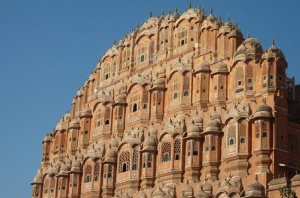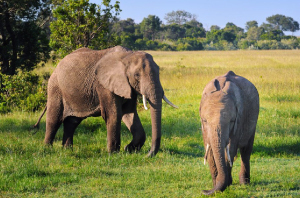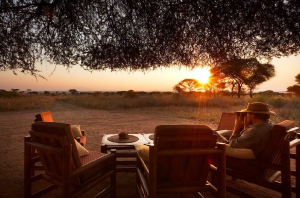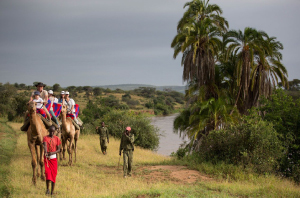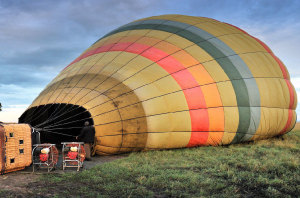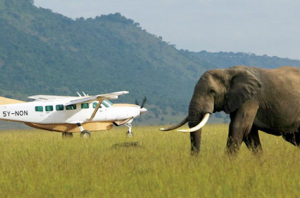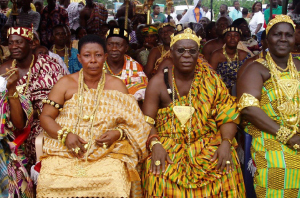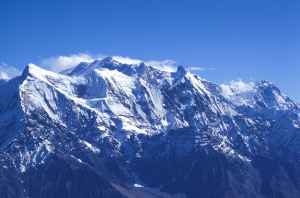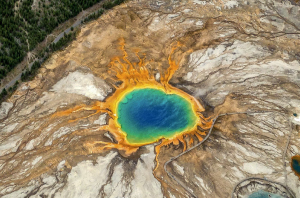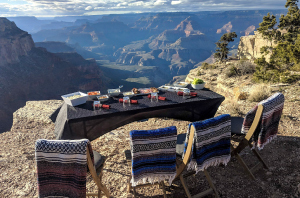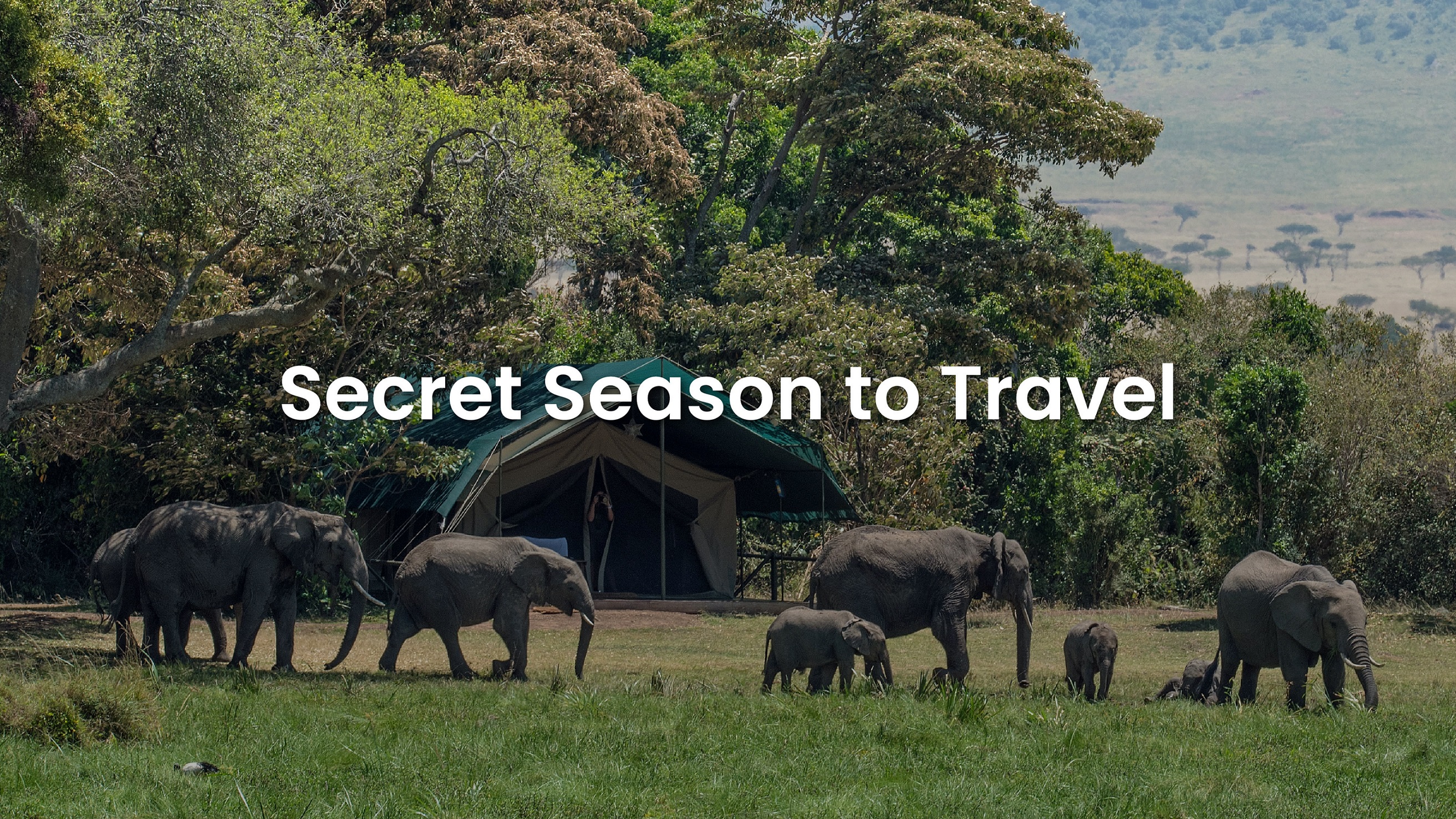Everyone loves to be the keeper of secrets. And we have one for you! It is no secret that guide books and travel magazines often tell their readers on the absolute “best time” to go on a safari. What they don’t tell you is that thanks to herd mentality (pun intended), everyone is there causing crowding and upsetting the tranquility and balance that is so important when observing animals in their natural habitat.
So what’s our secret? We can assure you that one can have an excellent safari experience pretty much year round. Yes, there are certain times of the year when it is hotter, or wetter, but that also brings out certain behaviors in the animals that are radically different from other times of the year. One can also sense a change in the air when rain clouds are forming; where the landscapes and skyscapes are giving you a preview on what is to come thereby allowing you to get prepared. The action is unpredictable. At any time there will be a burst of lighting that will spook a herd of buffalo starting off a stampede that is photo worthy.
Just last month, we had guests in the Serengeti in Tanzania who told us that they experienced intermittent showers for a few minutes each day - typically at night or early mornings (it’s the rainy season in April/ May), but for the most part they also experienced completely clear skies, fresh air and amazing game viewing amid a back drop of brilliant green landscapes. They witnessed dark thunder clouds in the horizon and amazing lighting for their photography. They also told us that there was virtually no one else in the park giving them uninterrupted access to the wildlife viewing.
We are soon going to enter the dry winter season in east and southern Africa for safaris which draws large groups of safari-goers, but we wanted to share some possible places to visit during the ‘Secret Season’ when things are quieter. This season falls outside of the normal times yet we can assure you that not only will you garner significant savings, the quality of game viewing remains epic.
1. East Africa: Kenya, Tanzania, Uganda
Secret Season: April to early-June
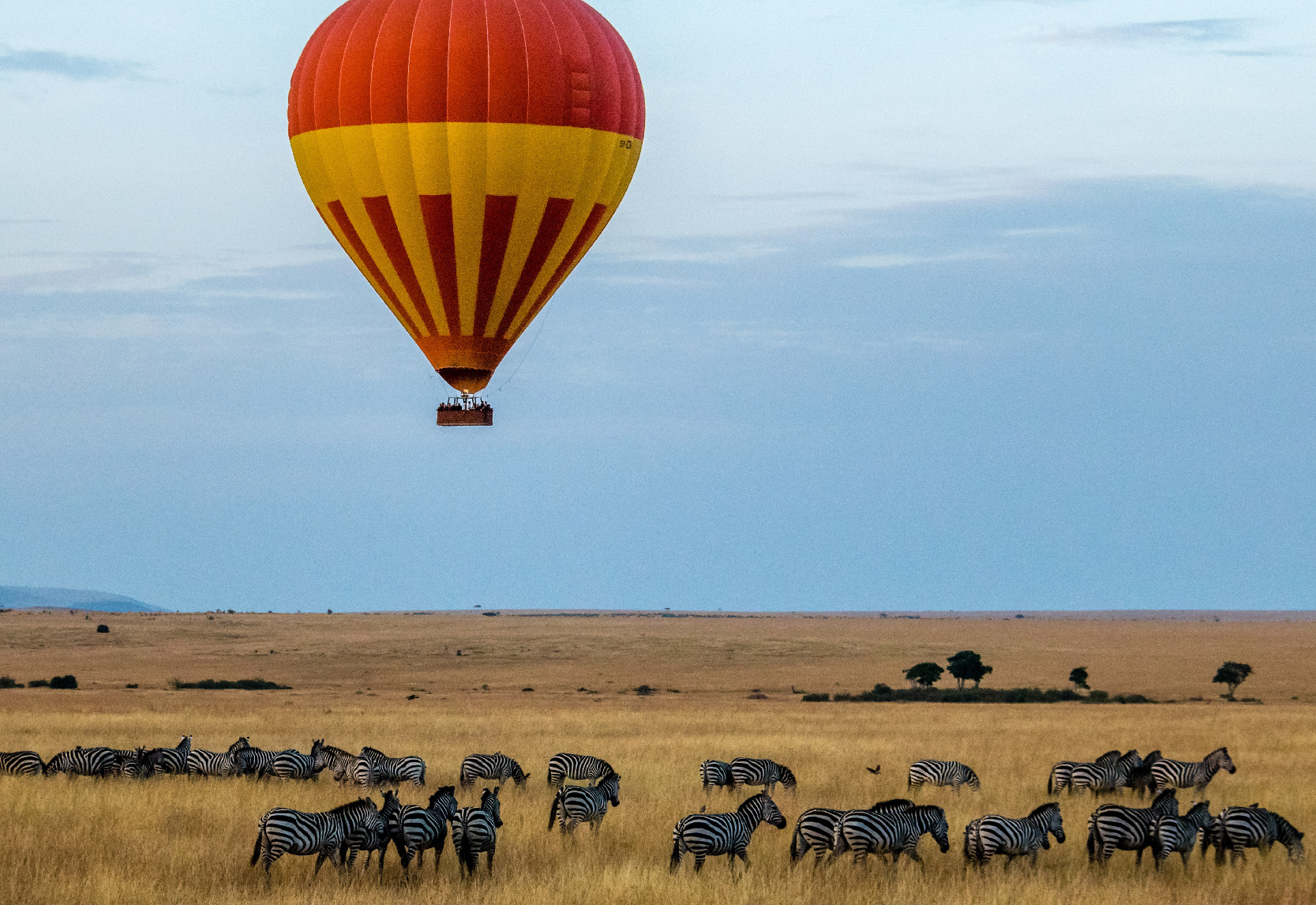
The much anticipated rains have started to roll through towards the end of March. Lighting in the horizon is like watching the July 4 fireworks; animals are feeling desperate and anticipating the water holes to start filling up soon. There is a certain sense of tension and crackle in the air. Then the skies open up. The first rush of water fills up the streams and rivers and within a few days the shoots of fresh grass emerges from the ground. It does not rain endlessly but rather in quick bursts with the occasional longer thunderstorm. Going on a game drive during this time is an adventure. Herds of buffalo, elephant, zebra and antelope congregate around swelling rivers and water holes. Baboons sit on the lower branches of dense tree canopies and come down whenever possible in search of seeds and fruit that have fallen from the trees. Each day brings new adventure as your professional guide navigate to areas of the wilderness where just a few weeks ago was devoid of wildlife but now home to predators.
2. Southern Africa: Botswana, Zimbabwe
Secret Season: November-March
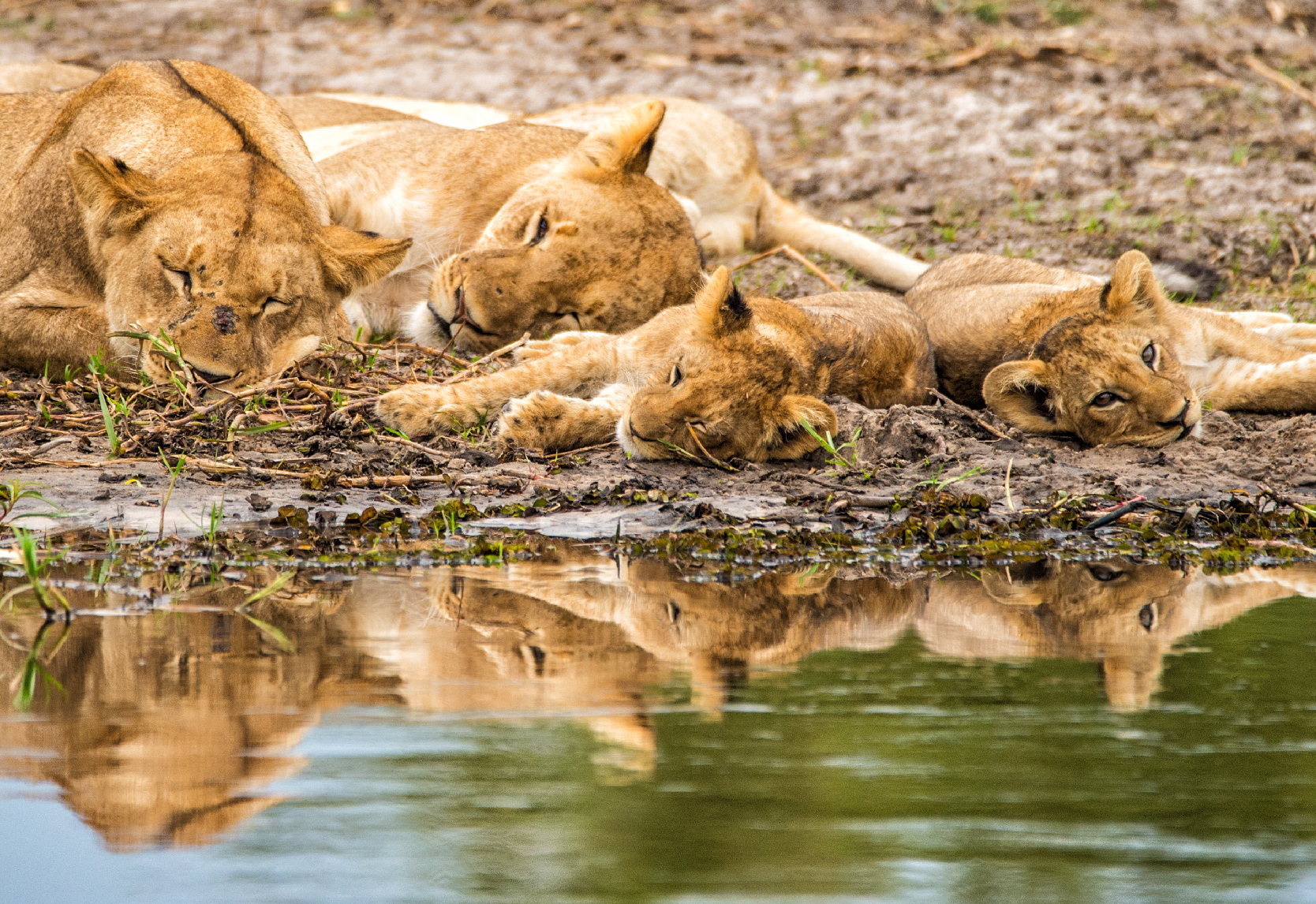
This season is also known as the green season. By December, the rains begin in the Angolan Highlands and move east across the belt. It’s called the green season as it is the beginning of the “flood” that slowly fills up the Okavango Delta through a complex network of major rivers and tributaries. The main feeders such as the Zambezi and Chobe - the life line of the region - play a pivotal role in the mass movement of thousands of migratory birds, reptiles and large land mammals. The rains also trigger the second largest zebra migration in the world heading south towards the open plains of the Makgadikadi Pans where fresh grass will be available once they get there around March or so. The secret of traveling during these months is that you will save upwards 20% in costs, camps are not as busy, but the wildlife remains amazing.
3. Namibia
Secret Season: October/ November
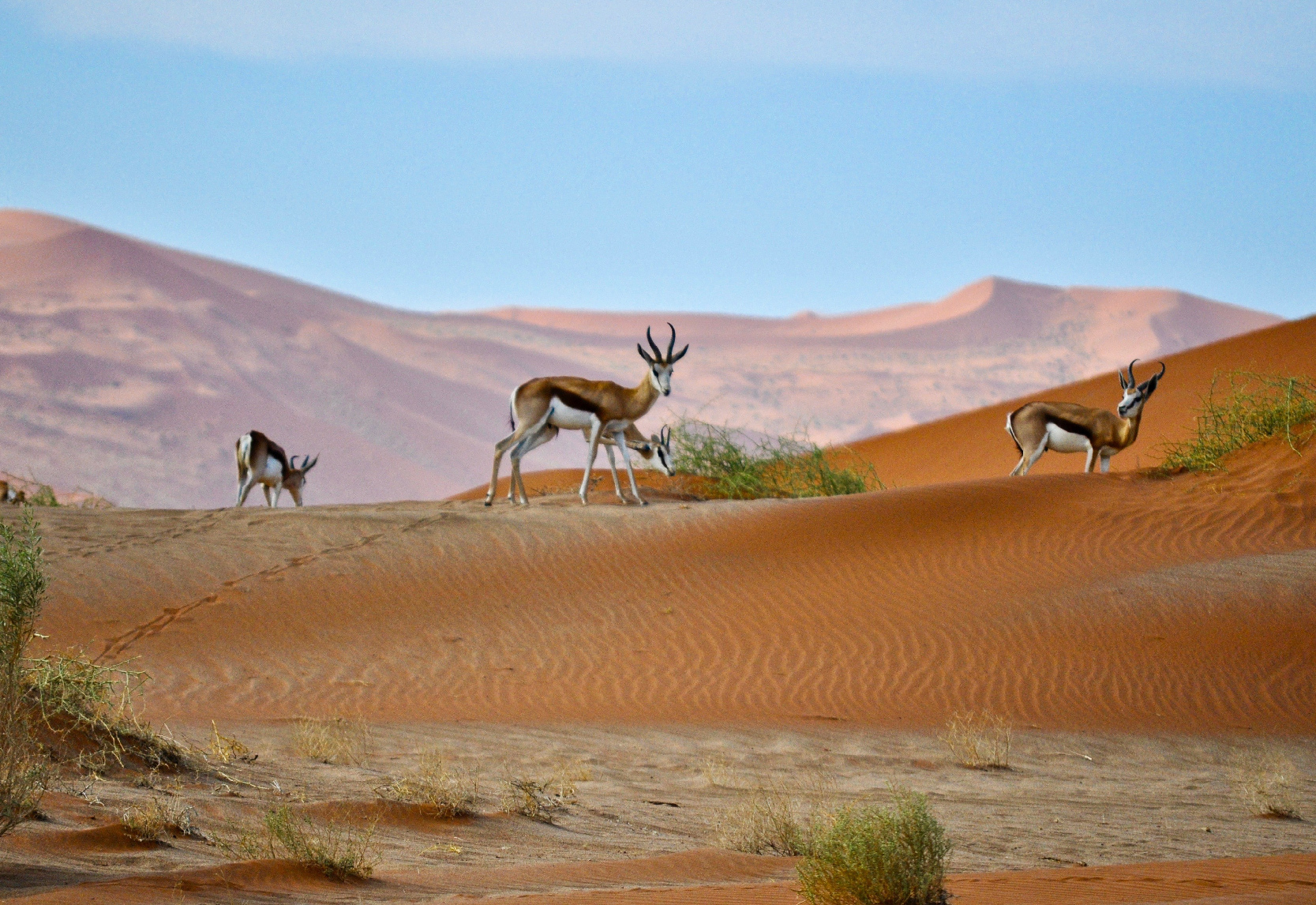
We love it at this time. Namibia’s dry winter is coming to an end in October and the hot summer is approaching. The weather becomes warmer throughout the month - you can expect average day time temperatures of 85°F-90°F dropping down to 60°F. You may experience the occasional rain shower in October, however this can offer a welcome relief after several months of dry weather. This is a perfect time to avoid crowds that typically prefer going in the dry, winter months of July through September. Since the climate is mainly dry and hot at that time of the year, we recommend being active in the mornings and then later in the afternoon/ early-evening as the sun is setting. In between you can enjoy more sedentary activities.
4. Republic of Congo
Secret Season: none (and that is the secret)
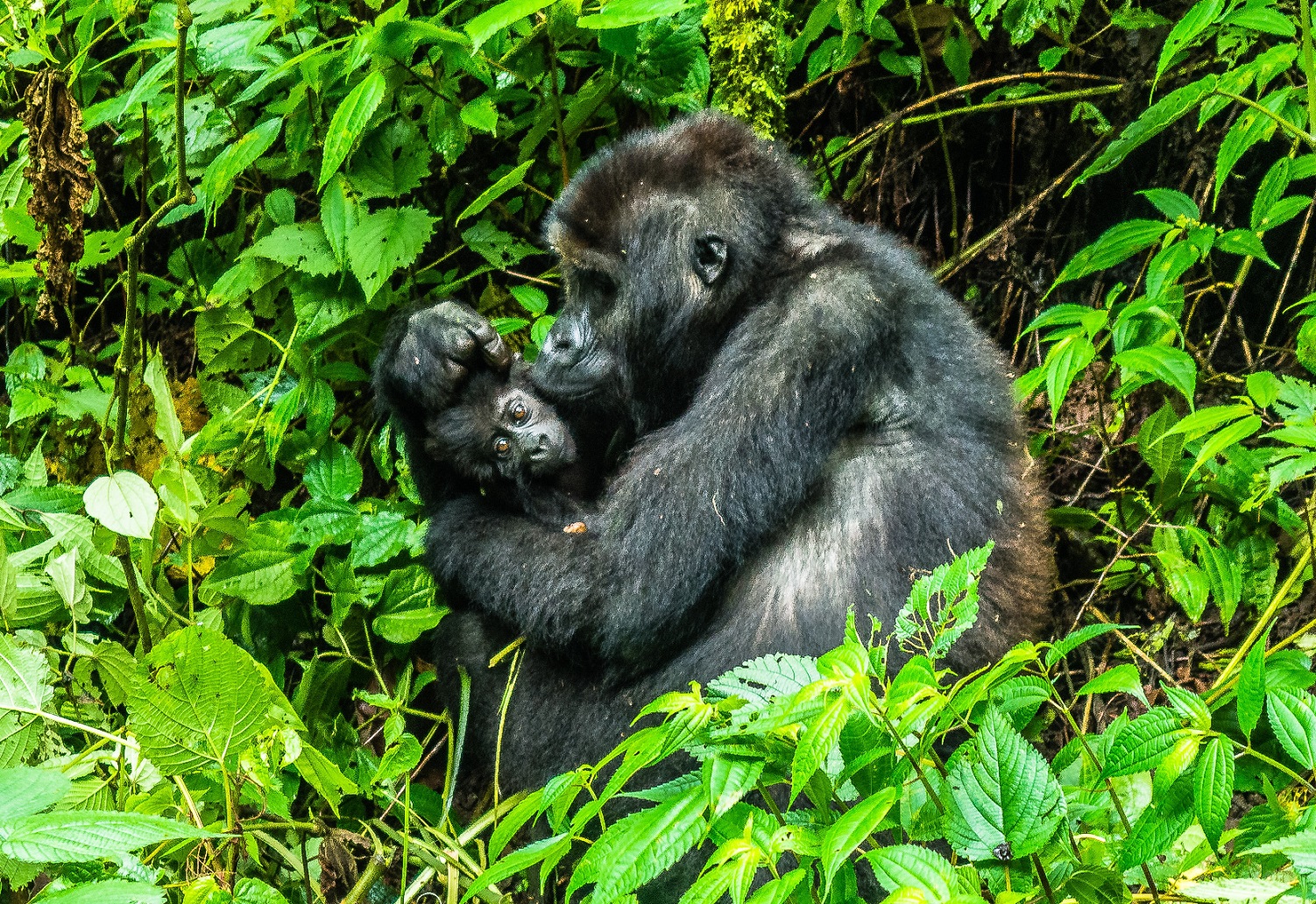
You’ve probably heard of the famous Silverback gorillas in Uganda and Rwanda or trekked to see them. Then there are the lowland gorillas that are found deep in the forest of the Republic of Congo (RoC or better known as “Congo-Brazzaville”.) With a massive tree coverage, this region of Africa are also called the “lungs of Africa” and home to all the rain forest species- forest elephants, forest buffalo, spotted hyena, monkey and the giant forest hog. The RoC has two seasons: more rain and less rain! But it’s not always wet all the time. In fact you have large pockets of dry spells during the day time allowing you to go on game drives, gorilla treks, bush walks and canoe safaris. All the naturalist guides are highly trained and know the terrain well.
So now that the secret is out, feel free to share it with others!

